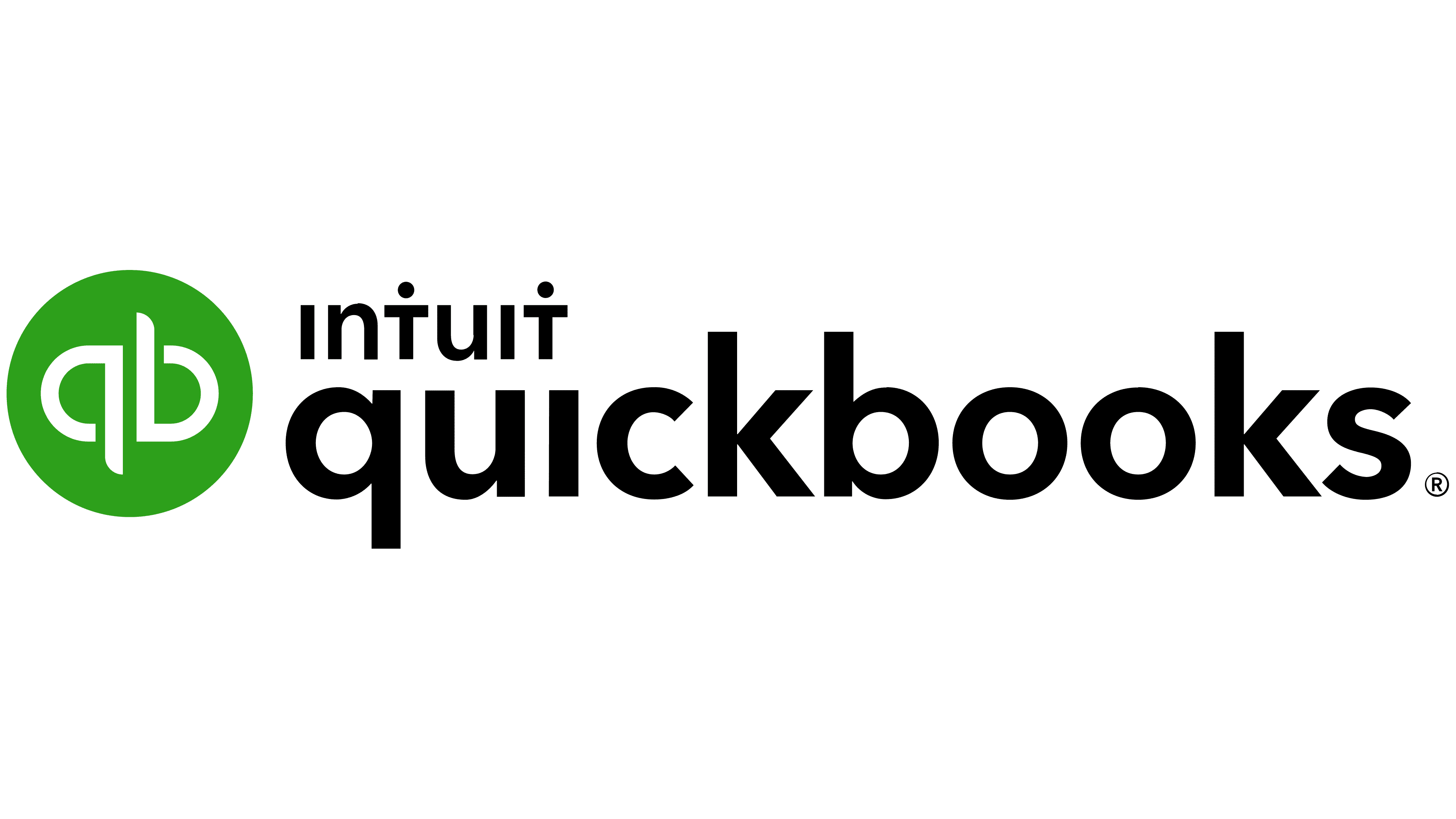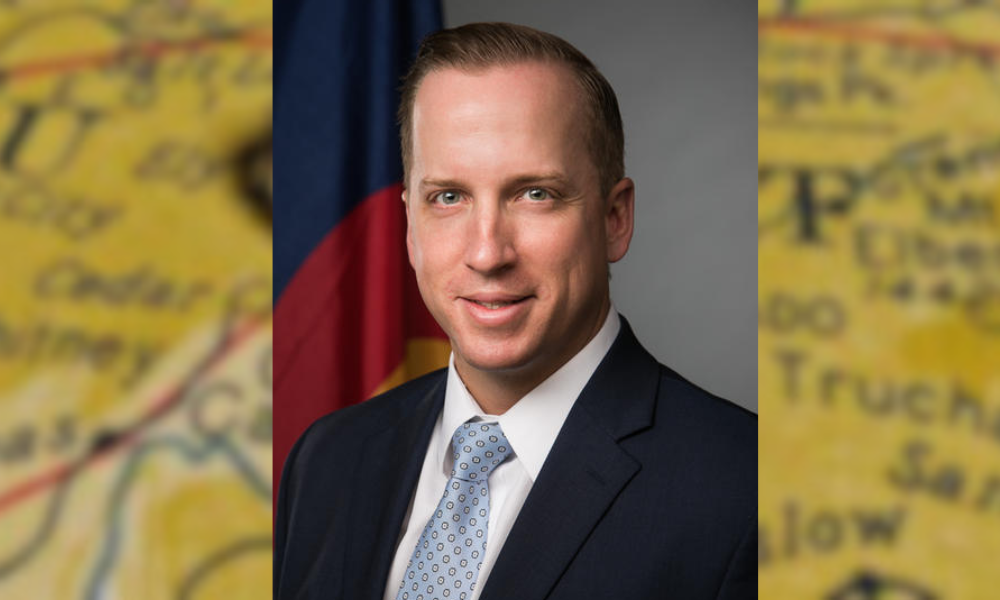Investors increasingly want one-pagers over pitch decks
You: “We have a killer product. If you don’t invest, you will cry with sadness.”
Investor: “Cry? I do not want that. Alright, I am in.”
You: “Should I send you a pitch deck?”
Investor: “Nope. This will take more than 3 minutes. I only have those 3 minutes. Send me a one pager.”
You: “Oh, we don‘t have that.”
Investor: “I have to go. Goodbye.”
You: “Wait! We are running out of money. I‘ll give you a good offer.”
*Then they shut down and did a group crying session*
That’s not how it happens. But that’s a more fun interpretation of the investing world. I’ve witnessed more and more clients asking me for a ‘one pager.’
The reasoning behind it is simple. Any client I have is typically an entrepreneur or a person who wants to be an entrepreneur. If they‘re creating a one-pager, then it’s for an investor.
Hence, it’s not that clients want more one-pagers. Investors are starting to prefer one-pagers compared to pitch decks for the first encounter.
Then when you think about it, it makes a lot of sense. If you see tens of decks per day, you get to have a powerful superhero ability to be able to skim quickly through decks.
If it takes 10 minutes for an average person to understand a pitch deck, it takes an avid investor less than half of that.
Let me introduce you to the most essential asset of any investor — time.
Spare them time, and you’ll get the best smile in the world, along with a big cheque. How could an investor save hours reading through potential companies to invest in? Skipping the next slide button.
That, and the fact that we are in the accelerating era, are the reasons why one pagers are thriving.
I’ve worked on many one-pagers. Some are for clients who are having a novel blockchain startup. Others for clients who have raised more than $120 million.
Working with such a variety made me see this ‘one-pager-mentality’ in a different way.
For instance, I strictly remember working for that $120m client on a one-pager for a week. Then him smoothly saying, “Nope, we need the whole thing differently.”
Then after another week, my approach to constructing one-pagers changed. So let’s create a one-pager together that an investor would like to see.
The sections that I would recommend to be added to your one-pager are the following:
- Killer one line elevator pitch*
- Product picture
- One paragraph describing your business.
- Business model
- Team members
- Financials (If you have traction)
- Market opportunity
- Investment ask
- Roadmap
You: “What? You just stated almost everything in a pitch deck. Should I select the font size of an ant? Just to make it simple for you to comprehend. This is plain stupid, okay? Go eat a pancake!”
Me: “Correct. This is stupid. I‘m not done, though. I want to introduce you to a concept — dynamic versioning.”
I don’t even know if versioning is a word. Grammarly, help me if it’s not.
Imagine if you own a steak business, and you’re living in an average neighborhood in the US. There are no problems with the previous statement.
What if you move into a vegetarian city? (Or more of a city that is following a religion or a belief that enforces a no-meat policy.) — Instant failure.
Similarly, a one-pager is going to a person. You don’t need to know whether this person is vegetarian or not. (Unless you are Beyond Meat… Actually, if you’re Beyond Meat, your stock dropped 77.5% in 3 years. 1% of my investment portfolio is there. So go get people excited about fake meat or something.)
You do need to know what this person needs to read.
- Is that person an experienced investor?
- Are they only interested in an ROI?
- Are they interested in investing in a company that’s resolving global warming?
Studying that person or entity is your step 0; if you do not do it, then you are bound to pitch in darkness.
Now that you know the investor, let’s talk about you and your company.
You might have annual recurring revenue of $200 million. Then you choose to start your one-pager with your team members. This, in my professional opinion, would not be wise.
Hundreds of startups have wonderful team members. Only a few have an ARR (annual recurring revenue) of $200m.
According to the answer to the above question, you will construct your dynamic versions.
For instance, if you are proud of your traction, then here is a possible mix that I would recommend.
Financials (50% of the space of the single paged document.)
A big chunk of investors is all about the numbers. If you’ve made money, be clear about it, even if you have a very high burn rate.
Killer One Line Elevator Pitch (~5%)
Learn how to say it in one line. If you can’t, then there is a problem with your pitch.
Product Picture (~15%)
Showcase something vital about your product.
Team members (~10%)
You don’t have to convey your experiences unless they are worth mentioning (For instance, “2 exits valued at $X.” or “Co-founded Microsoft with Bill Gates.”)
Market opportunity (10%)
Only a single growth chart. You have already proved you have a market with your ARR. Just answer the question, is this market going to be dead in 5 years?
Investment Ask (~10%)
A pie chart possibly conveying your use of funds.
There you go. A perfect one-pager if you have traction.
If you don’t, then I would replace the financials section with the business model, traction, and expand the market aspect. This aims to convey what you’ve done so far.
You could choose to add projections, but I always disagree with startups who make their one-pagers all about financial projections. At the end of the day, projections are assumptions and could be wrong. Traction and MVPS, on the other hand, are existent.
Finally, the dynamic aspect is vital based on your fundraising campaign. I’d create a few versions. For example,
- Version 1: Financial-focused.
- Version 2: Team and mission-focused.
- Version 3: Business Model and Market focused.
Then I’d send the one that I deem fit for the investor I am talking to. That is, of course, highly dependent on the fact that you studied the investor quite well.
Whatever you do, always remember that a one-pager is a gateway to what you are doing. It operates as a “Hello.” and only that. Afterward, there are different documents for different phases of the conversation: financial model, pitch deck, business plan or whitepaper, etc…
I’m Al, a business consultant in Zurich, Switzerland. I believe in the power of delivering value to you, the reader. Follow me on various social media platforms if you’re interested in the value of my content.








































